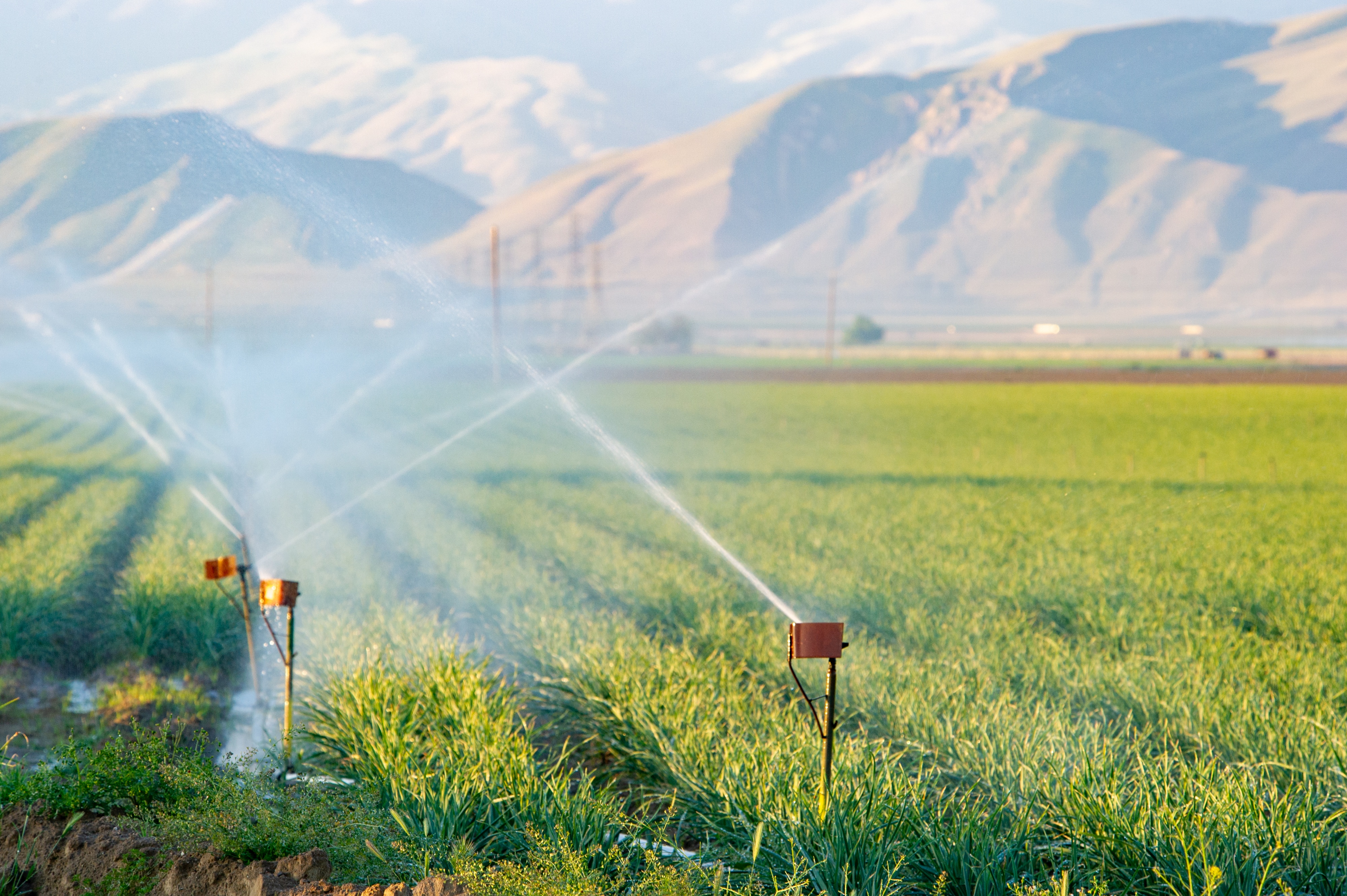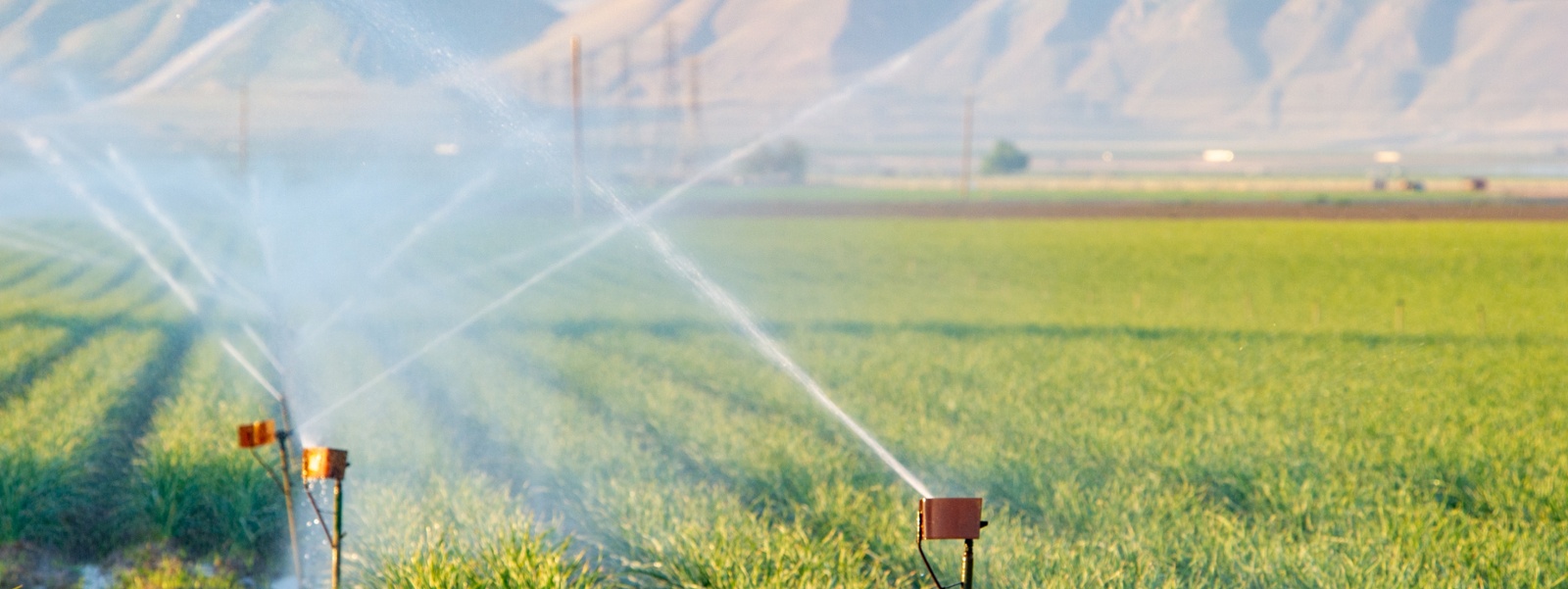State declares six aquifer plans as out of compliance


By Christine Souza
California water officials delivered a mixed report card last week on local plans to curb overpumping of groundwater to protect the state’s aquifers in critical overdraft.
The California Department of Water Resources recommended six San Joaquin Valley groundwater sustainability plans for approval but rejected six others as inadequate.
Under the 2014 Sustainable Groundwater Management Act, local agencies must implement groundwater plans that demonstrate how they intend to balance the state’s challenged groundwater supplies within a 20-year timeframe.
DWR said six plans were missing information that the state needs to determine compliance. The department said plans must show a roadmap for how groundwater basins will achieve long-term sustainability by limiting overdraft, land subsidence and impacts to drinking water.
In its technical review, the agency found that sufficient action has not been taken to address one or more deficiencies in the following subbasins: Chowchilla subbasin, Delta-Mendota subbasin, Kaweah subbasin, Kern County subbasin, Tulare Lake subbasin and Tule subbasin.
The inadequate determination triggers the state intervention process, which authorizes the California State Water Resources Control Board to step in to manage the basin.
“All the basins that resubmitted did an extensive amount of work attempting to address the deficiencies,” said Paul Gosselin, deputy director of the DWR Sustainable Groundwater Management Office. “It is a complicated act to implement, but we did take an objective look at what they resubmitted.
“Whether plans are approved or inadequate and under state board intervention,” he added, “we are looking to have the basins continue with implementation.”
Calling passage of SGMA “a seismic shift in California water,” California Farm Bureau President Jamie Johansson said, “It was never going to be easy to transition on a timeline of just 20 years to eliminate an estimated 2.5 million acre-feet of overdraft a year in our most impacted areas of the state.”
“This action will trigger a process before the water board that will afford local agencies additional opportunities to address identified problems, regain control of their basins and, hopefully, avoid formal probationary status or the imposition of eventual state interim plans,” Johansson said.
Local groundwater sustainability plans, or GSAs, must implement near-term actions, such as expanding monitoring programs, reporting annually on groundwater conditions,implementing aquifer recharge projects and designing allocation programs. Once plans are implemented locally, measures must continue even if basins are under state intervention.
Michael Hagman, executive director of the East Kaweah GSA, one of three GSAs in the Kaweah subbasin, said the local agency accepts the DWR’s finding. “The department’s decision makes sense, and we are already working on resolution,” he said.
“While we fix these issues, we are trying to figure out how we move out of this condition and away from probation or failure (which could lead to a takeover of the GSA),” said Hagman, general manager of Lindmore Irrigation District, a federal water contractor in the Friant Division.
If deficiencies are not remedied within a year, the board, after a subsequent notice and hearing, may develop and adopt an interim plan to manage the basin’s groundwater use. An interim plan is a temporary measure to protect groundwater resources in the basin until GSAs are able to manage the basin sustainably.
“There are a number of board decisions that need to be made about how this process will move forward and when,” said Natalie Stork, state water board supervising engineering geologist of the groundwater management program. “If the board puts the basin on probation, then it will focus on collecting the information it needs to develop and implement its own plan to manage the basin. During this time, the board will collect data and fees while local agencies work to fix their plans.”
DWR recommended the following six basins for approval: Cuyama basin, Eastern San Joaquin subbasin, Kings subbasin, Merced subbasin, Paso Robles subbasin and the Westside subbasin in Fresno and Kings counties. These basins will work with DWR and report on progress in implementing plans and completing any corrective actions.
In response to DWR’s recommendation of approval for the plan for the Westside subbasin, Jeff Fortune, president of the Westlands Water District board of directors, said, “This result reflects a great deal of time and dedication from Westlands’ staff and board of directors who worked diligently and collaboratively with DWR to build a groundwater sustainability plan that will achieve the Westside Subbasin’s sustainability goals.”
DWR said the agencies whose plans were recommended for approval conducted critical analysis of groundwater levels, water quality and inter-connected surface waters to develop and refine sustainable groundwater management criteria.
Plans are to be updated over time as new data and information becomes available and as conditions change in groundwater basins. DWR will review annual reports from local agencies and assess plans every five years to determine whether they are on track to meet sustainability goals.
The California Farm Bureau, Johansson said, will work with state and local agencies, county Farm Bureaus and agricultural groundwater users “on workable solutions to sustain healthy aquifers.”
“Our groundwater supplies are critical for California farmers, including vegetable, fruit, nut and dairy producers who account for much of America’s food supply,” Johansson said. “It is important that California carefully considers solutions that protect both our aquifers and our food production.”
Of a total 94 groundwater basins required to submit plans under SGMA, state water officials provided determinations for 24 basins and is reviewing an additional 61 plans from 59 of California’s high- and medium-priority basins submitted to DWR in January 2022. DWR said it anticipates issuing determinations for the remaining basins throughout 2023.
Critically overdrafted basins each received $7.6 million in grant funding to aid in plan implementation. DWR’s LandFlex program, state drought assistance programs and the California Department of Conservation’s Multibenefit Land Repurposing program are trying to help critically overdrafted basins reduce their dependence on groundwater.
(Christine Souza is an assistant editor of Ag Alert. She may contacted at csouza@cfbf.com.)




